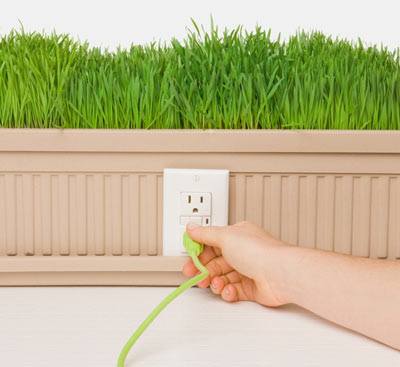
All of us contribute in one way or another to the overall carbon dioxide present in the earth’s atmosphere. But just as we all contribute as individuals, we can also cut back on our emissions as individuals.
How much are you really affecting the atmosphere? Can you find out what kind of carbon footprint your home is making? Actually, not only are th
ere ways to calculate your home’s carbon footprint; there are ways to reduce it, too.
The US Environmental Protection Agency has a carbon calculator on its website, epa.gov. Various other calculators are
available online to determine your carbon footprint. It works like this:
You enter the location of your home, usually by providing a zip code. The calculator will ask what method or methods you use to heat and cool your home. Then, it will ask you what your utility bills cost. The calculator then tells you how many pounds of carbon dioxide, or CO2, your home produces per year.
It can actually be a rather stunning amount – an average home in South Carolina, for example, that uses electricity and gas for heating and cooling, produces more than 28,000 pounds of CO2 per year. And that’s just one house.
Basically, how much CO2 your home produces has to do with your energy consumption. If you calculate your home’s carbon footprint and are dissatisfied with your score, here are some ways to reduce your CO2 production.
1. Reduce electricity by hanging out your clothes to dry.
2. Insulate your home, especially the attic. Seal cracks around doors and windows with caulk and weather stripping.
3. Open curtains and shades on cold, sunny days to let the sunshine help warm your home. Draw drapes and shades at night to keep cold air from leaking in.
4. Turn out the lights when you leave the room. And if those lights are compact fluorescent light bulbs (CFLs), then you are
on the right track. CFLs provide more light for less electricity.
5. Buy Energy Star appliances when you need to upgrade.
6. Turn down your thermostat in the winter and turn it up in the summer when you leave the house and at night.
7. Consolidate cooking whenever you can – if you are baking, bake several items at once and use residual heat when you
can.
8. Only run the dishwasher and washing machine if they are full.

